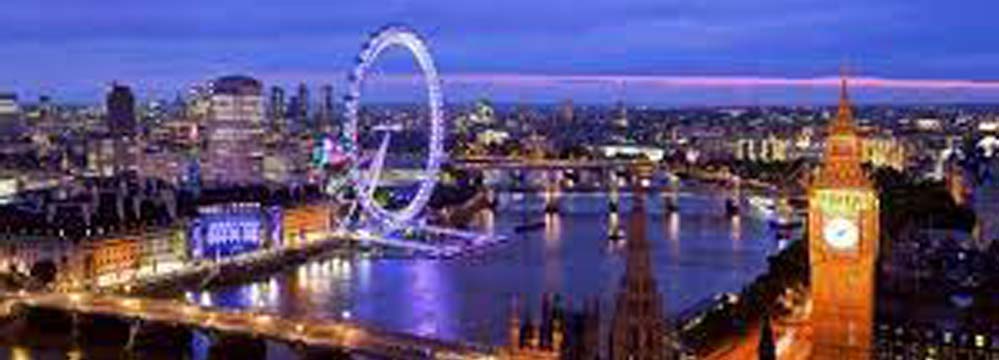Palace of Westminster, also known as the Houses of Parliament or Westminster Palace, is the meeting place of the two houses of the Parliament of the United Kingdom—the House of Lords and the House of Commons. It lies on the north bank of the River Thames in the heart of the London borough of the City of Westminster, close to the historic Westminster Abbey and the government buildings of Whitehall and Downing Street. The name may refer to either of two structures: the Old Palace, a medieval building complex most of which was destroyed in 1834, and its replacement New Palace that stands today; it has retained its original style and status as a royal residence for ceremonial purposes.
The Palace of Westminster site was strategically important during the Middle Ages, as it was located on the banks of the River Thames. Known in medieval times as Thorney Island, the site may have been first-used for a royal residence by Canute the Great during his reign from 1016 to 1035. St Edward the Confessor, the penultimate Saxon monarch of England, built a royal palace on Thorney Island just west of the City of London at about the same time as he built Westminster Abbey (1045–50). Thorney Island and the surrounding area soon became known as Westminster (a contraction of the words West Minster). Neither the buildings used by the Saxons nor those used by William I survive. The oldest existing part of the Palace (Westminster Hall) dates from the reign of William I's successor, King William II.
On 16 October 1834, a fire broke out in the Palace after an overheated stove used to destroy the Exchequer's stockpile of tally sticks set fire to the House of Lords Chamber. In the resulting conflagration both Houses of Parliament were destroyed, along with most of the other buildings in the palace complex. Westminster Hall was saved thanks to heroic fire-fighting efforts and a change in the direction of the wind. The Jewel Tower, the Undercroft Chapel and the Cloisters and Chapter House of St. Stephen's were the only other parts of the Palace to survive.
Sir Charles Barry's collaborative design for the Palace of Westminster uses the Perpendicular Gothic style, which was popular during the 15th century and returned during the Gothic revival of the 19th century. Barry was a classical architect, but he was aided by the Gothic architect Augustus Pugin. Westminster Hall, which was built in the 11th century and survived the fire of 1834, was incorporated in Barry's design. Pugin was displeased with the result of the work, especially with the symmetrical layout designed by Barry; he famously remarked, "All Grecian, sir; Tudor details on a classic body"
The Palace of Westminster contains over 1,100 rooms, 100 staircases and 4.8 kilometres (3 mi) of passageways, which are spread over four floors. The ground floor is occupied by offices, dining rooms and bars; the first floor (known as the principal floor) houses the main rooms of the Palace, including the debating chambers, the lobbies and the libraries. The top-two floors are used as committee rooms and offices.

No comments:
Post a Comment